13 Tried-And-True Cat Training Tips That Actually Make A Difference

Cats have a reputation for being independent and untrainable, but that’s actually a myth! With the right approach, your feline friend can learn all sorts of behaviors – from using a litter box to coming when called.
Training not only makes life easier for you as a pet parent, but it also provides mental stimulation for your cat and strengthens your bond.
Ready to transform your stubborn kitty into a well-behaved companion? Let’s explore some game-changing training techniques!
1. Clicker Training Opens New Doors
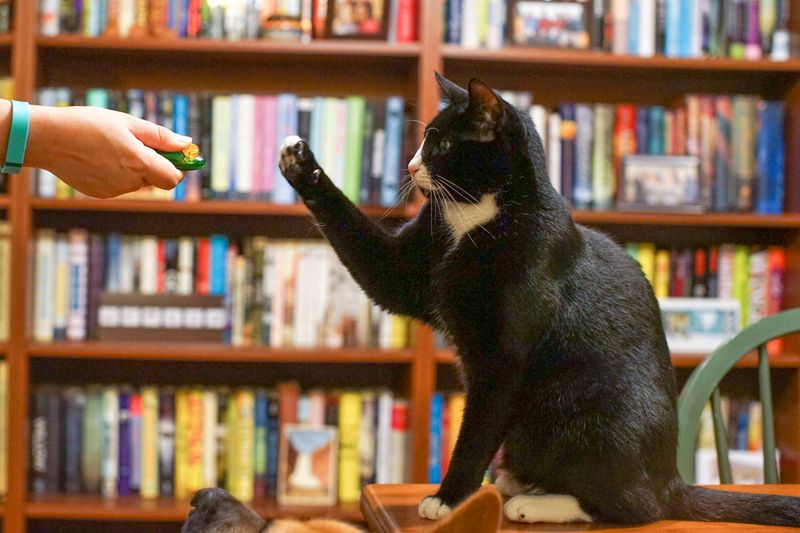
A small plastic clicker might be your secret weapon for cat training success. This simple device creates a distinct sound that helps your cat associate good behavior with rewards.
Start by clicking and immediately giving a treat, repeating until your cat connects the sound with something positive. Once the association is established, use the clicker the instant your cat performs a desired behavior.
The precise timing helps your furry friend understand exactly what earned the reward. Many professional trainers swear by this method because it communicates clearly without words or physical contact.
2. Reward-Based Methods Win Every Time

Forget punishment – cats respond magnificently to positive reinforcement. When your cat does something you like, immediately reward them with their favorite treat, affection, or playtime. This creates a powerful connection between good behavior and happy outcomes.
The magic happens in the timing. Rewards must come within seconds of the desired behavior for your cat to make the connection.
Keep training sessions brief – just 5–10 minutes – to prevent boredom. Your cat’s natural desire for good things will motivate them to repeat behaviors that earn rewards.
3. Consistency Creates Lasting Results

Mixed signals confuse cats and undermine your training efforts. If you allow your kitty on the counter sometimes but scold them other times, you’re setting both of you up for frustration.
Decide on rules and stick to them – every time, with every family member enforcing the same boundaries. Create a household training plan so everyone uses the same commands and rewards. Even young children can participate if you teach them the system.
Cats thrive on routine and predictability, so consistency isn’t just about effectiveness – it’s about making your pet feel secure and understood.
4. Target Training Builds Amazing Skills

Target training sounds fancy, but it’s surprisingly simple. Teach your cat to touch their nose to a target stick (or even your finger) and you’ve unlocked the foundation for countless tricks.
Start by presenting the target near your cat’s nose – most will naturally investigate by sniffing or touching it. The moment their nose connects, reward them! Gradually move the target farther away or to different positions.
Soon you can lead your cat anywhere – into carriers, onto scales at the vet, or through fun obstacle courses. Many cats enjoy this game-like training because it engages their natural curiosity and hunting instincts.
5. Short Sessions Prevent Frustration

Cats have notoriously short attention spans when it comes to structured activities. Keep training sessions between 3–5 minutes – yes, that brief!
Multiple mini-sessions throughout the day accomplish more than one long, tedious lesson that tests your cat’s patience. Watch for signs your kitty needs a break: flattened ears, tail twitching, or looking away.
End on a positive note with something they can easily accomplish, followed by praise. Your cat will actually look forward to these short, successful interactions instead of dreading lengthy training marathons.
6. Harness Training Expands Their World
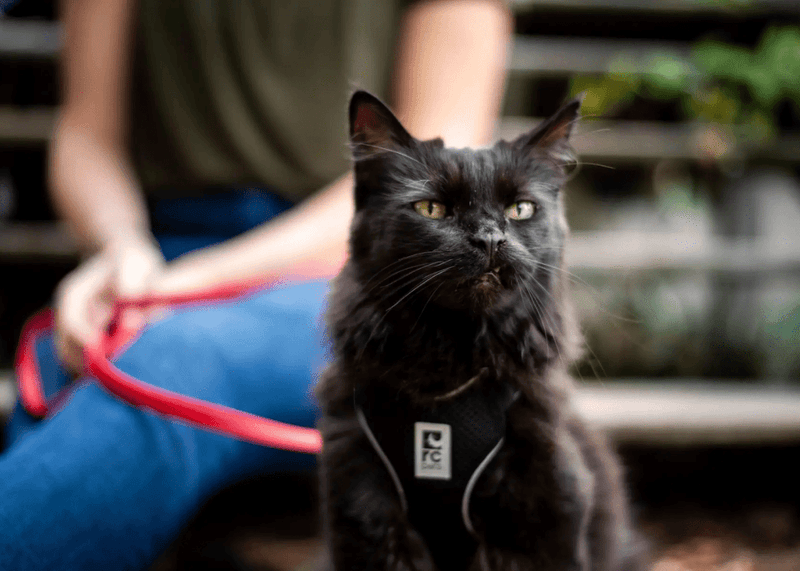
Many cats can learn to walk on a harness, opening up safe outdoor adventures. Start by leaving the harness near your cat’s favorite spots so they can investigate it on their terms.
After they seem comfortable, drape it loosely over them for a few seconds during treat time, gradually working up to a proper fit.
Once your cat tolerates wearing the harness indoors, attach the leash and let them drag it around under supervision.
Only then move to holding the leash, first indoors and finally outside. This process might take weeks, but the payoff – safe outdoor exploration – enriches your cat’s life immensely.
7. Litter Box Success Through Smart Setup

Location matters enormously when teaching proper litter box habits. Cats prefer quiet, low-traffic areas where they won’t be startled mid-business.
Provide one more box than the number of cats in your home – so two boxes for one cat, three for two cats, and so on. Experiment with different litter types to find what your cat prefers – many favor unscented, clumping varieties with a sandy texture.
Keep the box scrupulously clean by scooping daily. For kittens or cats needing retraining, temporarily limit their access to a single room with the litter box until consistent use is established.
8. Play Sessions Redirect Problem Behaviors
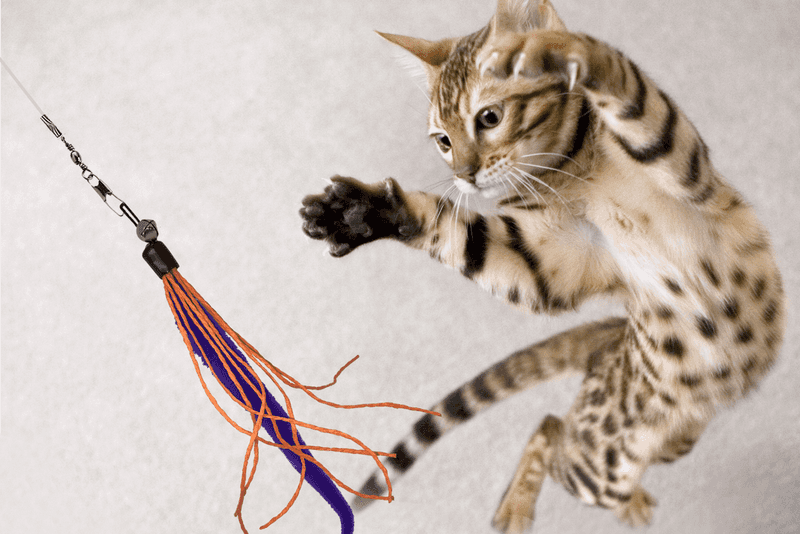
When your cat attacks your ankles or climbs curtains, they’re expressing natural hunting energy that needs an outlet. Schedule two or three daily play sessions using interactive toys like wand feeders or laser pointers.
The timing matters – play before meal times mimics the natural hunt-eat-groom-sleep cycle. Aim for play that leaves your cat lightly panting. This level of exertion satisfies their predatory needs and reduces problematic behaviors.
Bonus: Interactive play strengthens your bond while keeping your cat physically fit. Many behavior problems simply disappear when cats receive appropriate physical and mental stimulation through play.
9. Scratching Solutions Save Your Furniture
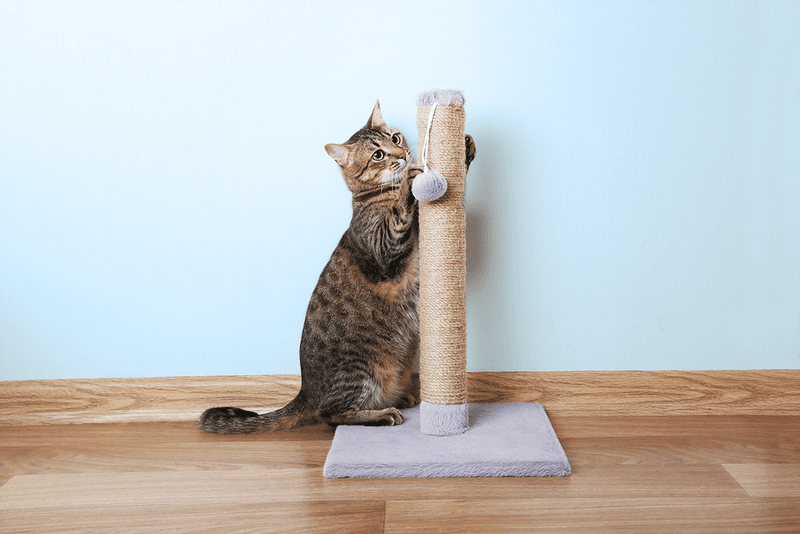
Scratching isn’t naughty behavior – it’s a biological necessity for cats to maintain claw health and mark territory. Success comes from offering better alternatives than your sofa.
Place scratching posts near furniture your cat currently targets, and experiment with different materials – sisal, cardboard, carpet – to discover their preference.
Height matters too! Many cats stretch fully while scratching, so tall posts satisfy this need better.
Temporarily cover favorite inappropriate scratching spots with double-sided tape or aluminum foil while making the proper scratching areas extra appealing with catnip.
Praise and treats when your cat uses the right surfaces reinforce good choices.
10. Carrier Training Eliminates Vet Visit Stress
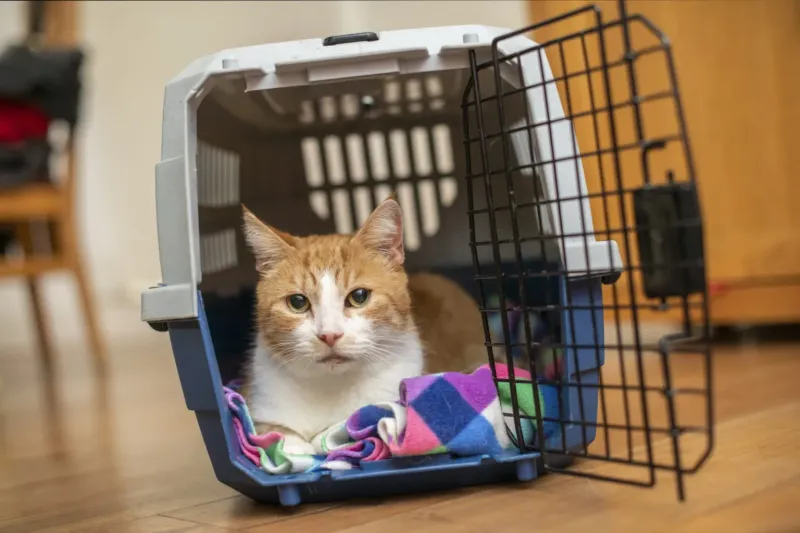
Transform the carrier from a fear-inducing prison to a cozy retreat by making it part of everyday life. Leave it out permanently with the door secured open, lined with a soft blanket inside.
Randomly toss treats or toys inside so your cat discovers surprises there. Feed meals progressively closer to and eventually inside the carrier.
Practice brief closures of the door while offering treats through the grate. For extremely carrier-averse cats, try top-loading models or carriers that disassemble easily.
With consistent positive associations, many cats will voluntarily enter their carriers, making vet visits dramatically less stressful.
11. Touch Desensitization For Easier Handling

Cats who tolerate brushing, nail trims, and medication have happier lives with fewer vet bills. Start touch training with areas your cat already enjoys being petted.
Gradually work toward more sensitive areas like paws or ears, pairing each brief touch with treats and stopping before your cat shows discomfort.
Practice handling paws daily – gently touch, then press each toe to extend the nail while giving treats. For oral medication, try touching the side of the mouth with a treat-dipped finger.
These exercises build tolerance for necessary handling while strengthening trust. Even just 30 seconds of practice daily creates remarkable progress over weeks.
12. Food Puzzles Engage Natural Intelligence

Wild cats work for every meal by hunting – your house cat deserves similar mental stimulation. Food puzzles transform eating from a passive activity into an engaging challenge that satisfies natural foraging instincts.
Start with simple puzzles where your cat can easily see and access the food, gradually increasing difficulty as their skills improve. Rotate between different puzzle types to prevent boredom.
DIY options work great – a muffin tin with kibble hidden under ping pong balls or toilet paper tubes taped together to form a treat-dispensing puzzle.
Many behavioral issues diminish when cats expend mental energy solving food puzzles instead of finding mischief around the house.
13. Name Recognition Creates Connection
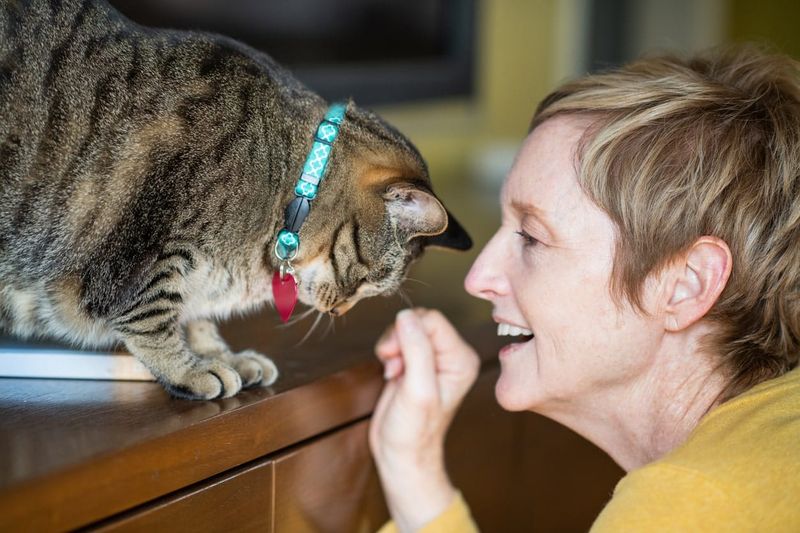
Teaching your cat their name forms the foundation for all future training. Say your cat’s name in a cheerful tone, then immediately offer a special treat when they look at you.
Repeat this a dozen times over several days, working in different rooms with increasing distractions. Never use their name for negative experiences like medicine or carrier trips – this maintains the positive association.
Once your cat consistently responds, you can pair their name with simple commands like “come.” Many cats learn to come running from anywhere in the house when their name is called, especially when the history of response has been consistently rewarded.






